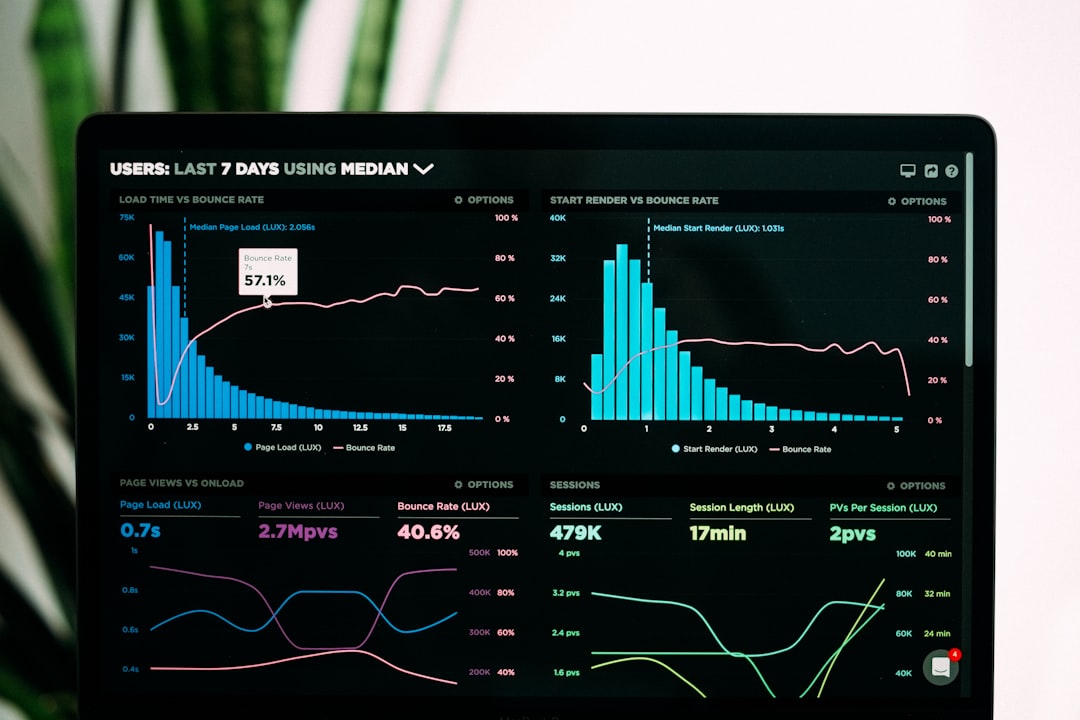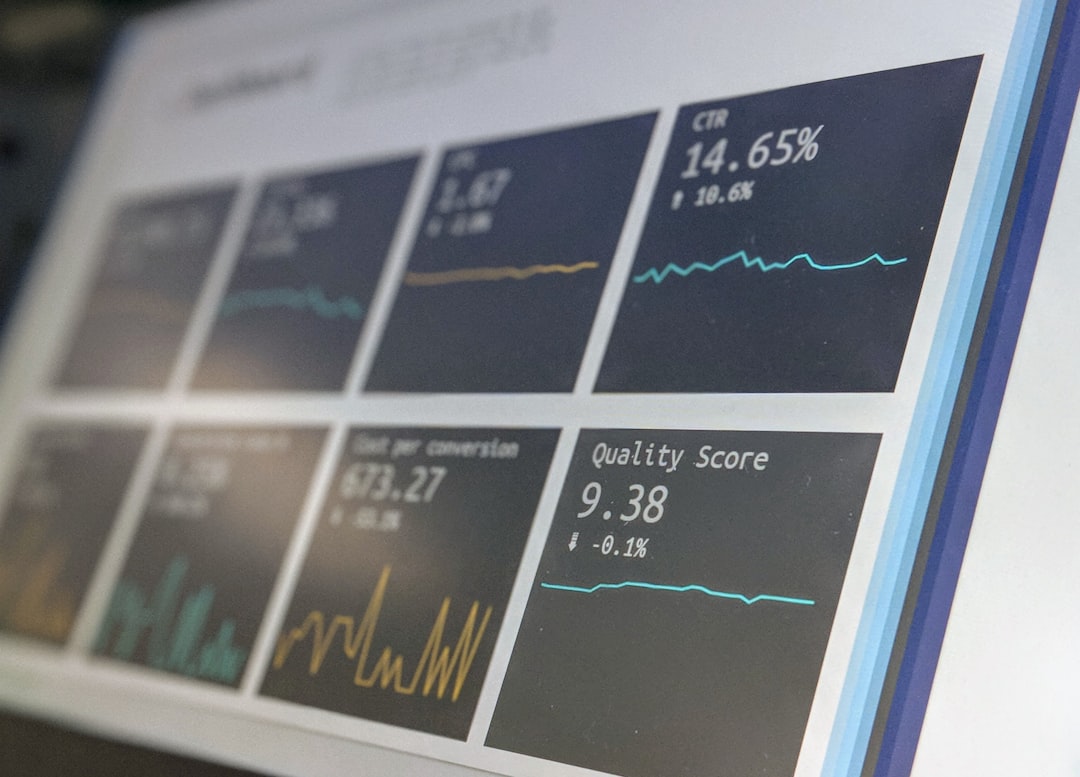
A Comprehensive Guide to Building Econometric Models
# Introduction. Econometrics is a critical field of study that combines economic theory, mathematics, and statistical inference to analyze economic data. Building econometric models allows researchers and policymakers to understand relationships among various economic variables and predict future economic trends. This guide will provide a step-by-step approach to constructing robust econometric models, delving into essential concepts, methodologies, and best practices. # Understanding Econometric Models. Econometric models are statistical models that aim to explain economic phenomena. They can be simple, such as linear regression equations, or complex structures incorporating multiple variables and interactions. The overarching goal is to evaluate the relationship between dependent and independent variables while controlling for confounding factors. For instance, an econometric model might analyze how changes in consumer income affect expenditure on luxury goods, controlling for variables such as age and education level. # Step 1: Formulating Hypotheses and Theoretical Frameworks. Before developing an econometric model, it’s critical to outline the research problem clearly and formulate hypotheses. This involves postulating the relationships you expect to find between variables based on existing economic theories or empirical findings. Additionally, having a theoretical framework helps to guide your model-building process, offering a roadmap for which variables to include and how they are expected to interact. # Step 2: Data Collection and Preparation. The next crucial step is gathering relevant and reliable data. Depending on your research question, data might come from various sources, such as government reports, international databases, or surveys. Once data is collected, data cleaning and preparation are essential. This can include handling missing values, normalizing data formats, and transforming variables to fit the assumptions of your econometric model, such as linearity and homoscedasticity. # Step 3: Choosing the Appropriate Model. Select the type of econometric model that best fits your research question and data characteristics. Various models exist, including linear regression, logistic regression, and time series analysis. Each has its strengths and weaknesses regarding the assumptions made, data requirements, and interpretability. A linear regression model might suffice for simple relationships, while more sophisticated techniques are warranted for complex, multidimensional interactions. # Step 4: Estimation of Parameters and Model Fitting. Once the model is selected, estimation of parameters is necessary to quantify the relationships identified. This often involves employing statistical tools such as Ordinary Least Squares (OLS) for linear regression models. Model fitting examines how well your model explains observed data. Goodness-of-fit indicators, such as R-squared and adjusted R-squared, help evaluate performance, alongside residual analysis to identify patterns that may signal issues with the model. # Step 5: Model Validation and Robustness Checks. After fitting the model, validation is key to ensuring its reliability and robustness. This can be achieved through techniques such as cross-validation and out-of-sample testing, providing insights into how well the model performs with unseen data. Checking for issues like multicollinearity, autocorrelation, and heteroscedasticity also bolsters the model's credibility. Additionally, consider employing alternative model specifications to assess if your findings hold under different conditions. # Conclusion. Building econometric models is a multifaceted process requiring a rigorous approach to formulating hypotheses, collecting data, selecting the right model, fitting the data, and validating results. By adhering to the outlined steps and best practices, researchers and practitioners can effectively utilize econometric models to draw meaningful conclusions from economic data. Ultimately, a well-structured econometric model can offer invaluable insights driving informed decision-making in economics and policy. .








